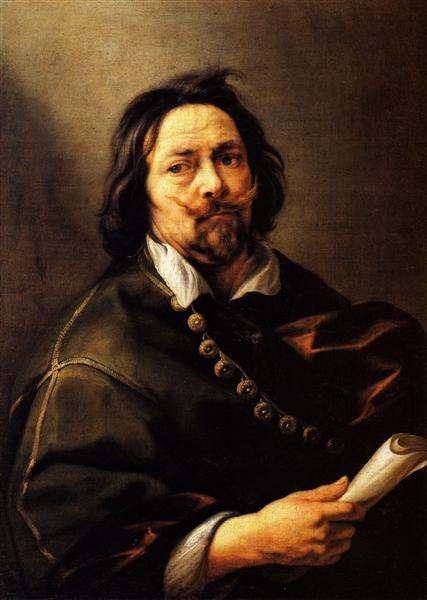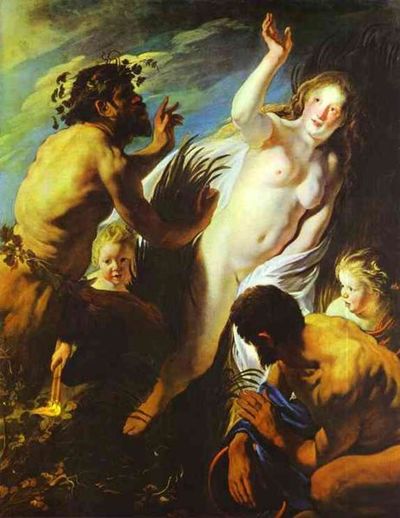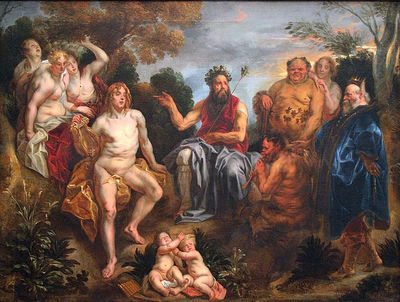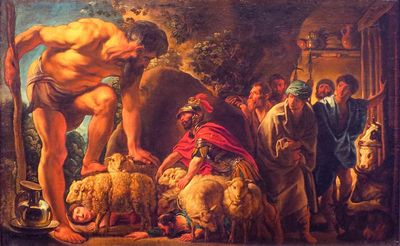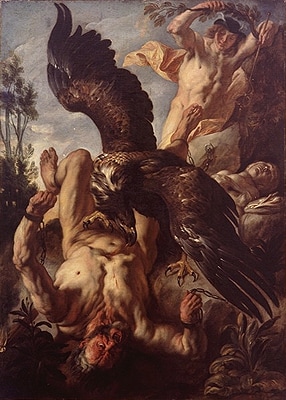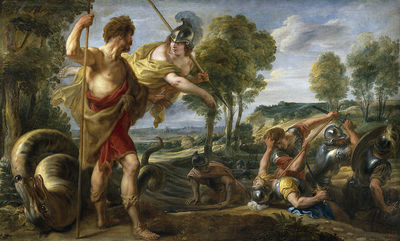Jacob Jordaens (1593–1678)
Greek Mythology and Jacob JordaensBorn: 19 May 1593; Antwerp
Died: 18 October 1678; Antwerp Nationality: Flemish Art Movement: Baroque Painting School: Flemish School, Antwerp School Jacob Jordaens (19 May 1593, Antwerp – 18 October 1678, Antwerp) was a Flemish Baroque painter whose career overlapped with that of Peter Paul Rubens and also Anthony van Dyck. Unlike Rubens and van Dyck, both of whom travelled extensively, Jacob Jordaens lived out his life almost in its entirety in Antwerp; Rubens and Jordaens would both study under the same teacher, Adam van Noort. Influenced by Rubens in particular, Jordaens would be employed by Rubens to complete works of art, but it was only upon the death of Rubens that Jordaens really came to the fore, and his own work would be in great demand. Jordaens would produce hundreds of painting and drawings in his life time, and is now often associated with large canvas compositions. Many of Jordaens’ best known work has to do with biblical scenes, but there are also many famous paintings based on tales from Roman and Greek mythology, including Aesops Fables, with Meleager and Atalanta (1624) and Odysseus in the Cave of Polyphemus (c1635) being amongst the best known. |
|
|
|
|
|
|
